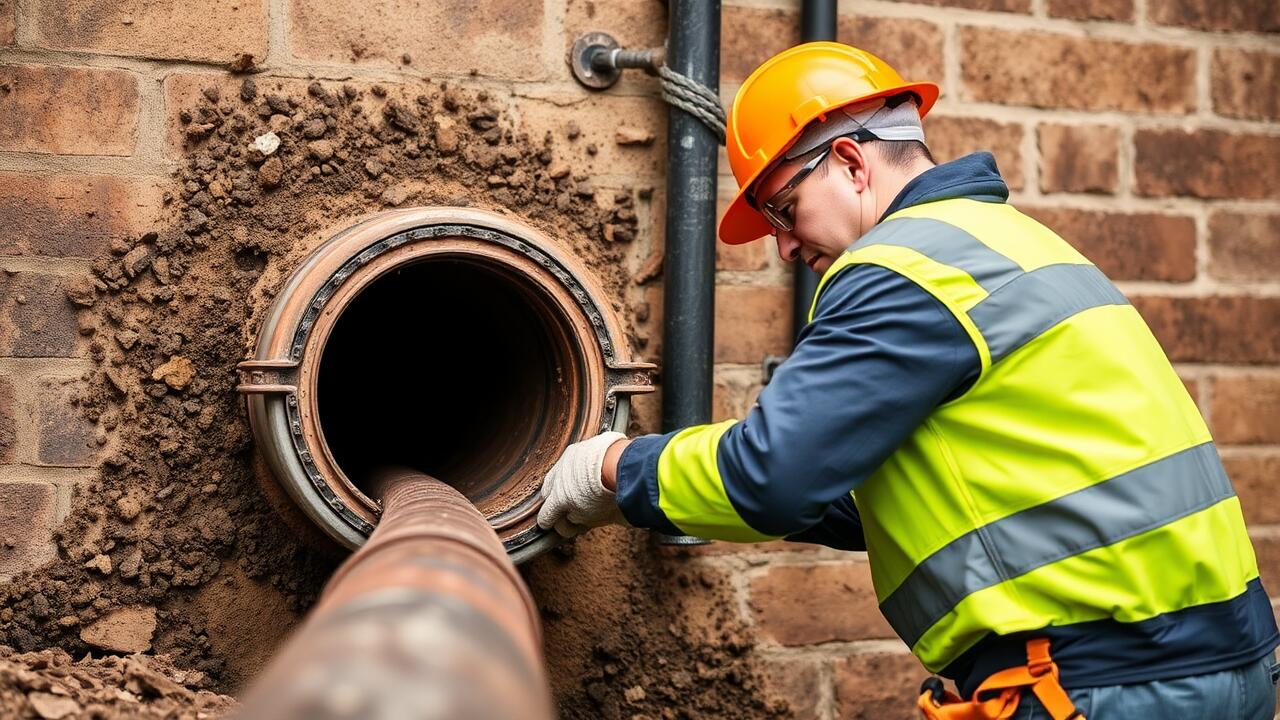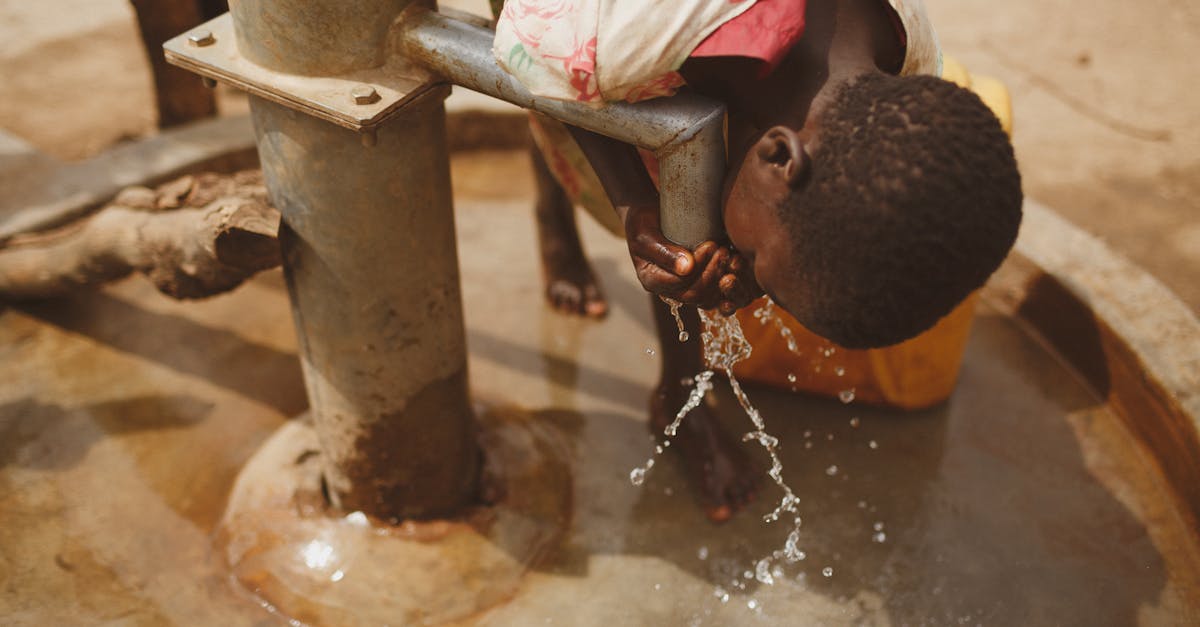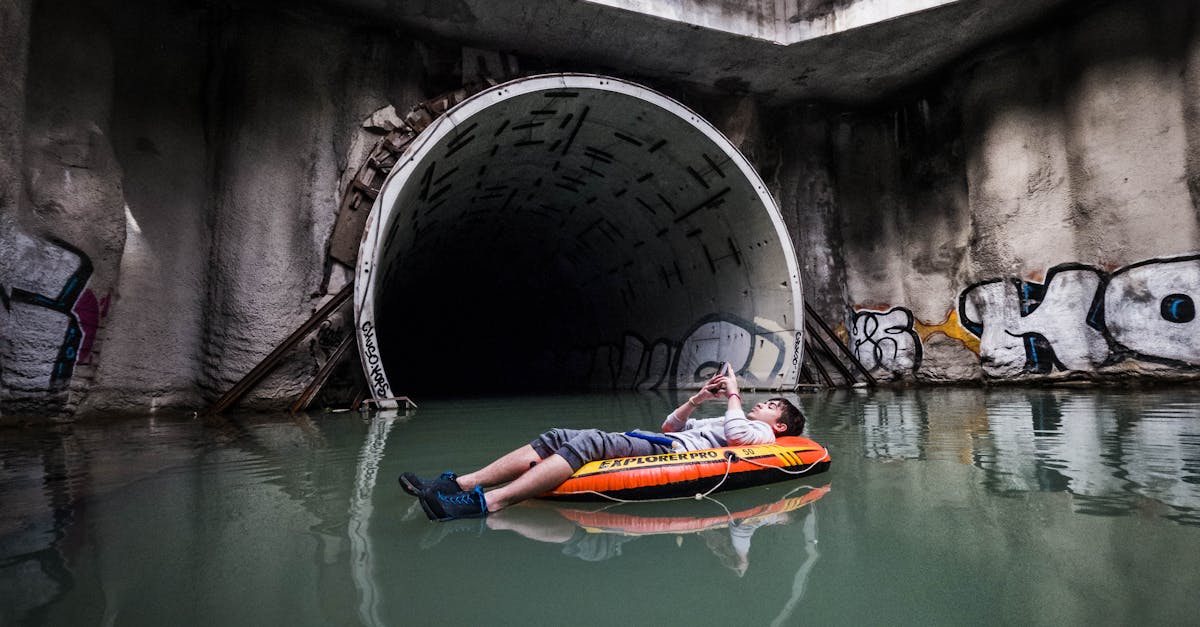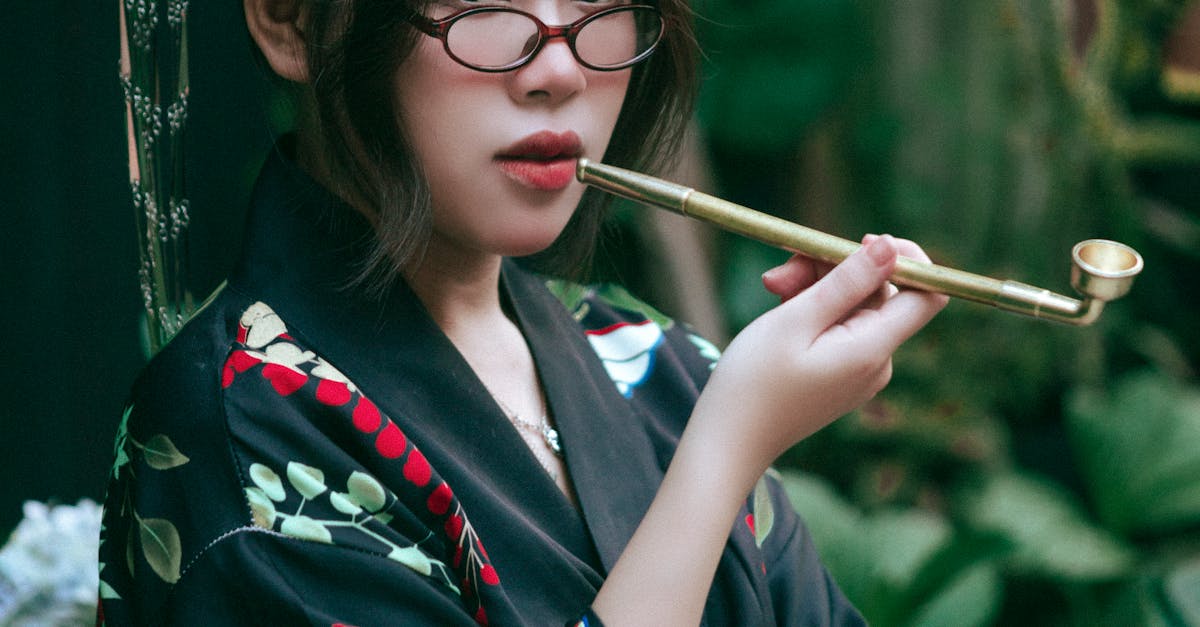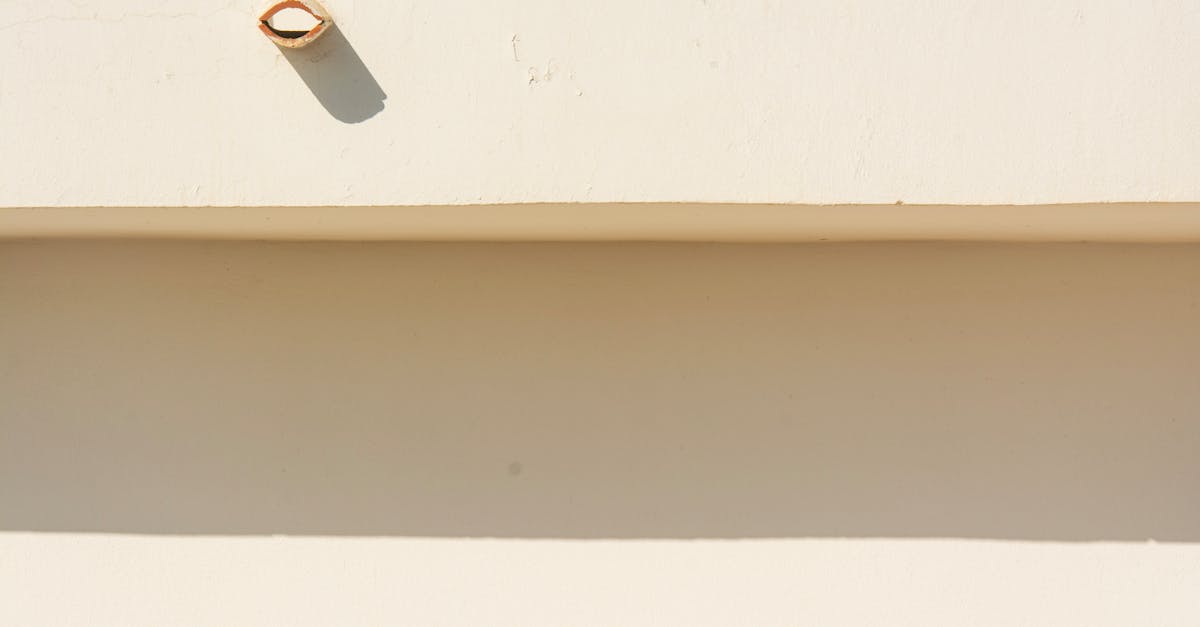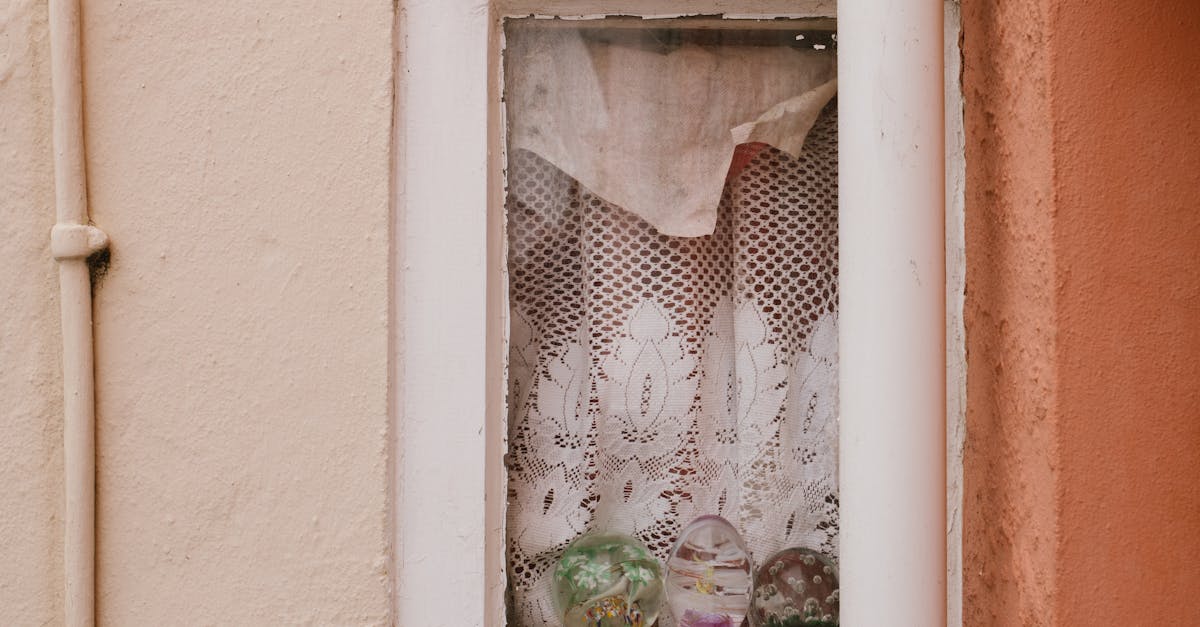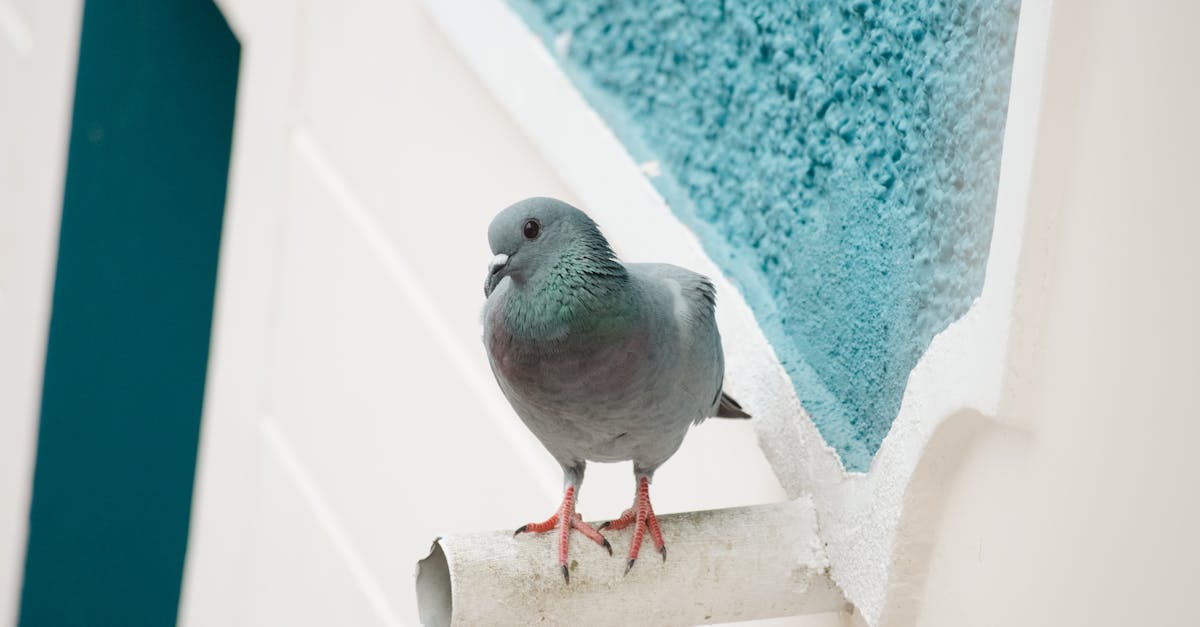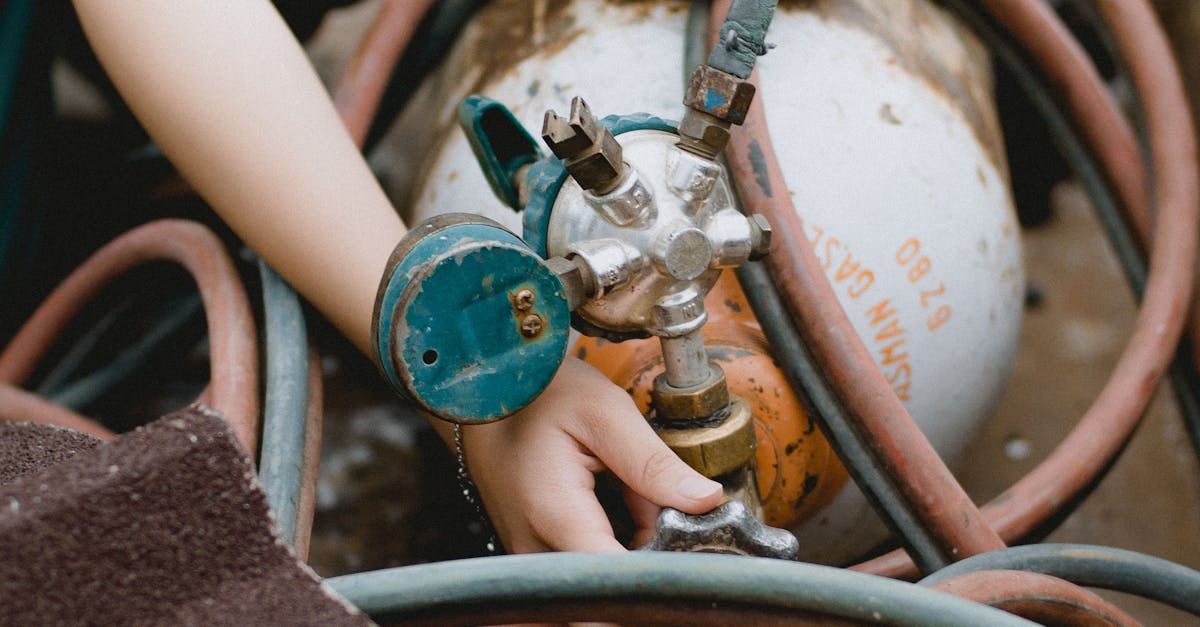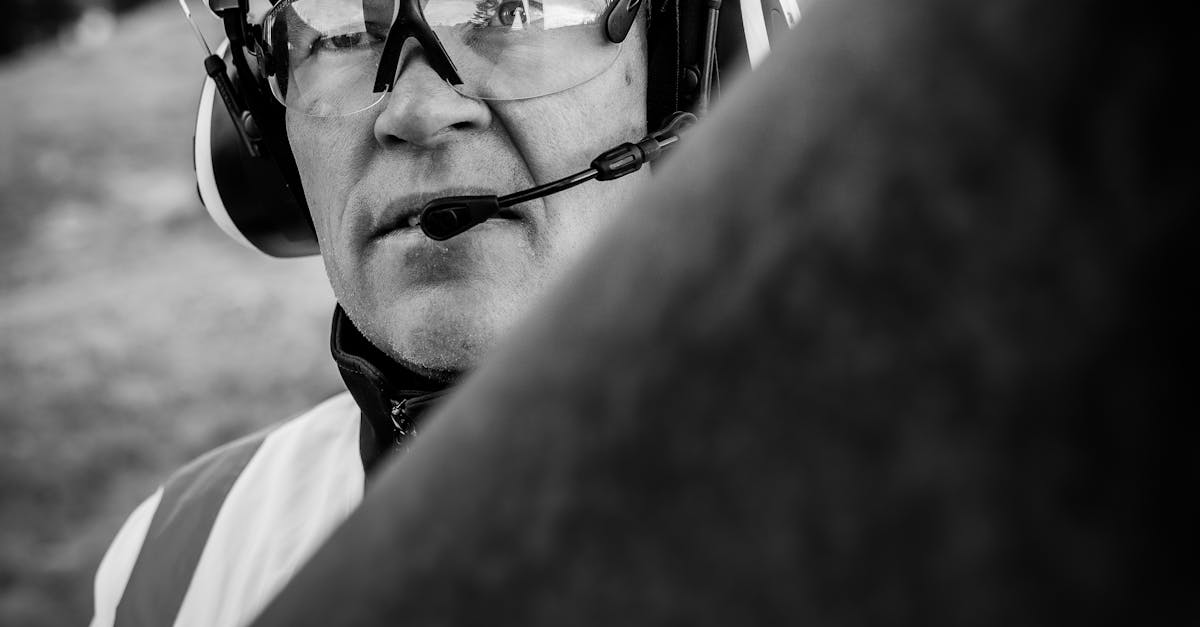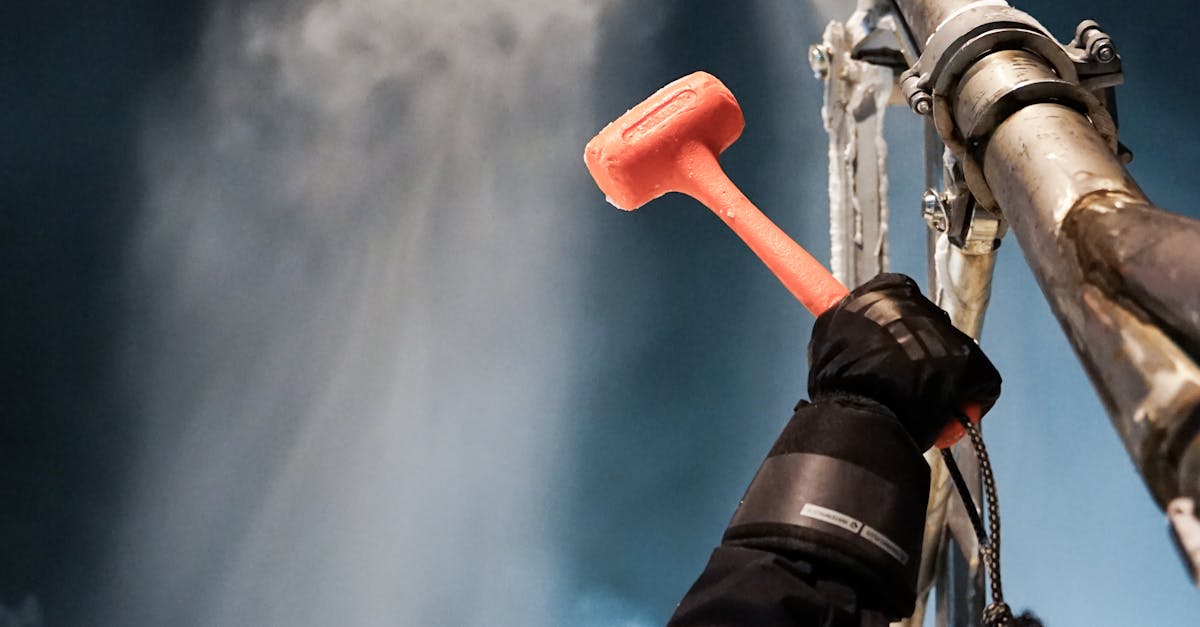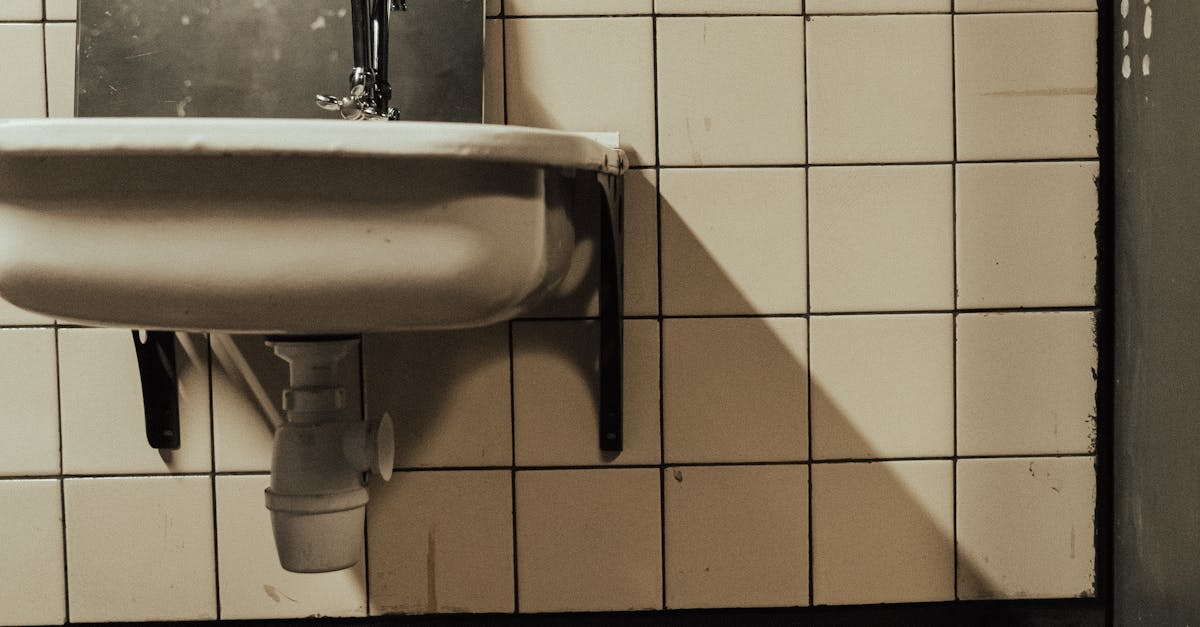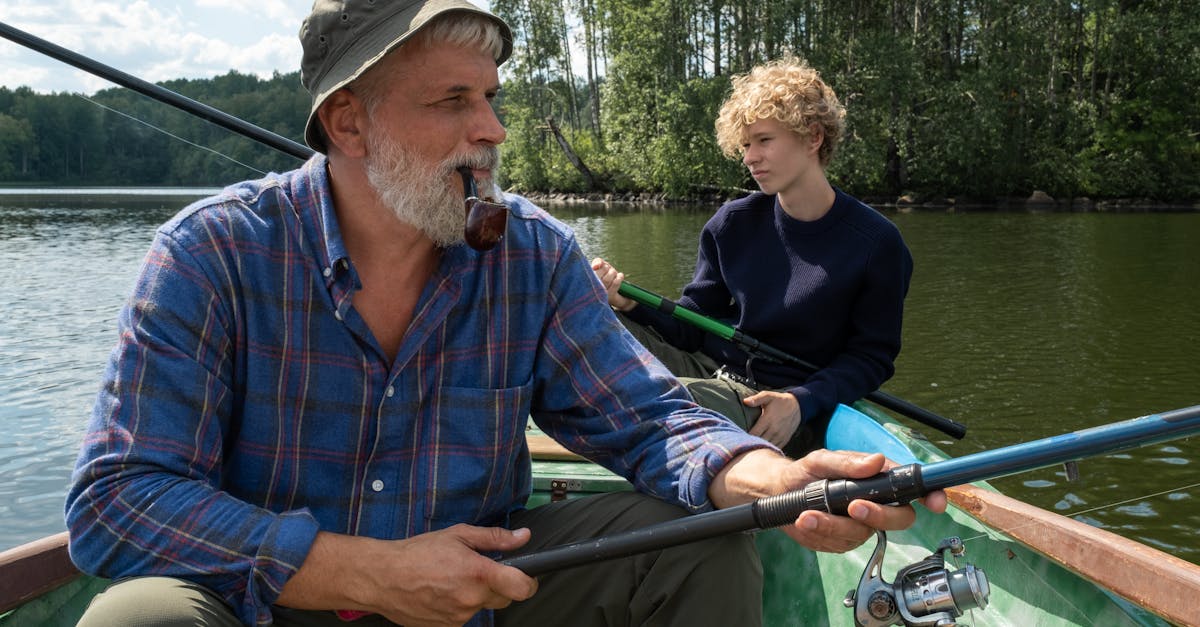
Table Of Contents
Maintenance Tips for Longevity
Regular maintenance is essential for maximising the life expectancy of pipe relining systems. Homeowners should routinely inspect their plumbing for any signs of blockage or leaks. Implementing a schedule for professional inspections can help detect potential issues before they escalate, ensuring the integrity of the relined pipes. Simple practices like mindful disposal of waste can prevent excessive buildup within the pipes, prolonging their durability and reducing the need for repairs.
In addition, utilising gentle cleaning methods is crucial for maintaining the smooth surface of relined pipes. Avoiding harsh chemicals can prevent potential damage to the lining material. Instead, consider using enzyme-based cleaners that can effectively break down organic matter without causing harm. Keeping trees and shrubs planted too close to pipelines in check can also reduce the risk of root intrusion, further extending the lifespan of pipe relining solutions. Following these maintenance tips can lead to significant improvements in the longevity and performance of the relined system.
Best Practices to Enhance Durability
To enhance the durability of pipe relining, regular inspections play a crucial role. By identifying potential issues early, homeowners can address them before they escalate into more significant problems. Using a camera inspection method allows for a clear view of the condition of the lined pipes. This proactive approach also contributes to the overall longevity of the relined pipes, ensuring they function effectively over time.
Proper usage and maintenance of plumbing systems also contribute to the durability of pipe relining. Avoiding harsh chemicals and excessive pressure can prevent damage to the lining material. Ensuring that only biodegradable products are used in the plumbing system can reduce the risk of deterioration. By following these best practices, property owners can significantly extend the life of their pipe relining, saving them from costly repairs and replacements down the line.
Cost Implications of Pipe Relining
The cost implications of pipe relining extend beyond the initial investment. While the upfront expenses may seem significant, the long-term savings can be substantial. Traditional methods of pipe repair often involve extensive excavation and disruption, which lead to higher overall costs and extended downtime. In contrast, pipe relining is a less invasive option, reducing both labour costs and the likelihood of further damage to surrounding landscapes. This efficiency can make a noticeable difference in budget management for property owners.
Evaluating the cost of pipe relining involves considering its longevity and resilience compared to alternative methods. The materials used in pipe relining are designed to withstand various environmental factors, which can minimise the risk of future repairs or replacements. This durability elevates the long-term value of the investment, as property owners can potentially avoid repeated expenses associated with traditional techniques. Investing in pipe relining can ultimately lead to better financial management and resource allocation for ongoing maintenance needs.
Initial Investment vs. LongTerm Savings
The initial investment in pipe relining can seem daunting for many homeowners. The costs associated with the materials, labour, and equipment can add up, leading some to hesitate when considering this method. However, it is important to understand that despite the upfront expenses, pipe relining often offers substantial long-term savings. This method not only reduces the need for frequent repairs but also mitigates the risk of costly emergencies stemming from pipe failures.
When evaluating long-term savings, pipe relining proves its worth through enhanced durability and reduced maintenance. Traditional pipe replacement can involve extensive digging and disruption, which translates to higher expenses and additional time lost. In contrast, pipe relining is less invasive, leading to fewer costs associated with restoration and landscaping. Over time, homeowners may find that the benefits of decreased repair frequency and lower water bills significantly outweigh the initial financial outlay.
Environmental Impact of Pipe Relining
Pipe relining is increasingly recognised for its minimal environmental impact compared to traditional pipe replacement methods. The process significantly reduces the amount of excavation required, which helps to preserve existing landscapes and ecosystems. Additionally, fewer materials are utilised in relining, leading to less waste sent to landfills. This method also eliminates the need for extensive machinery and heavy vehicles that contribute to carbon emissions during extensive digging.
The longevity of pipe relining further contributes to its eco-friendliness. By extending the life of existing pipes, this technique decreases the need for regular repairs or replacements, which often require more resources and energy. As a result, communities that opt for pipe relining may find themselves benefitting from a more sustainable solution, supporting water conservation efforts and reducing the overall environmental footprint associated with plumbing infrastructure.
EcoFriendly Aspects of the Process
Pipe relining is an environmentally considerate alternative to traditional pipe replacement. It significantly reduces the need for extensive excavation and the associated disruption to the surroundings. By rehabilitating existing pipelines, the amount of waste generated is minimised, and the need for new materials is reduced. This process allows for a more sustainable approach to plumbing repairs, lowering the carbon footprint associated with manufacturing new pipes.
Additionally, pipe relining utilises materials that are often less harmful to the environment compared to those used in conventional plumbing. Many modern relining solutions incorporate environmentally friendly resins that do not release hazardous chemicals into the soil or groundwater. This aspect of pipe relining not only protects local ecosystems but also contributes to the overall health of urban infrastructure.
FAQS
What is the average life expectancy of pipe relining?
The average life expectancy of pipe relining is typically between 50 to 100 years, depending on factors such as the materials used and the environmental conditions.
How can I ensure my relined pipes last as long as possible?
Regular maintenance, such as inspections and cleaning, following best practices for use, and avoiding harsh chemicals can significantly enhance the longevity of your relined pipes.
Are there different types of pipe relining materials, and do they affect longevity?
Yes, there are various materials used in pipe relining, such as epoxy and resin. The choice of material can impact the durability and life expectancy of the relined pipes.
What are the cost implications of pipe relining compared to traditional pipe replacement?
While pipe relining may involve a higher initial investment, it often results in long-term savings due to reduced maintenance costs and less disruption compared to traditional pipe replacement.
Does pipe relining have any environmental benefits?
Yes, pipe relining is considered eco-friendly as it minimises the need for excavation, reduces waste, and often uses materials that have a lower environmental impact compared to traditional methods.
